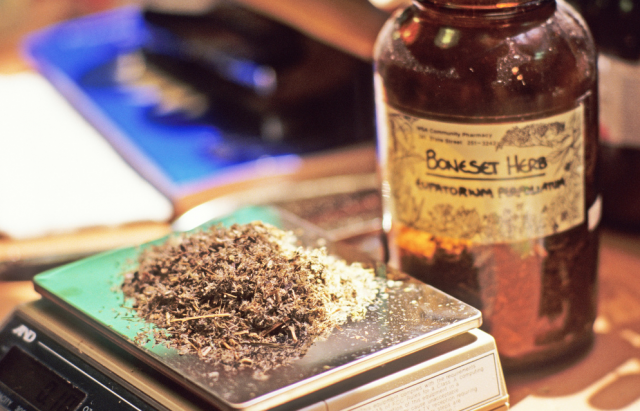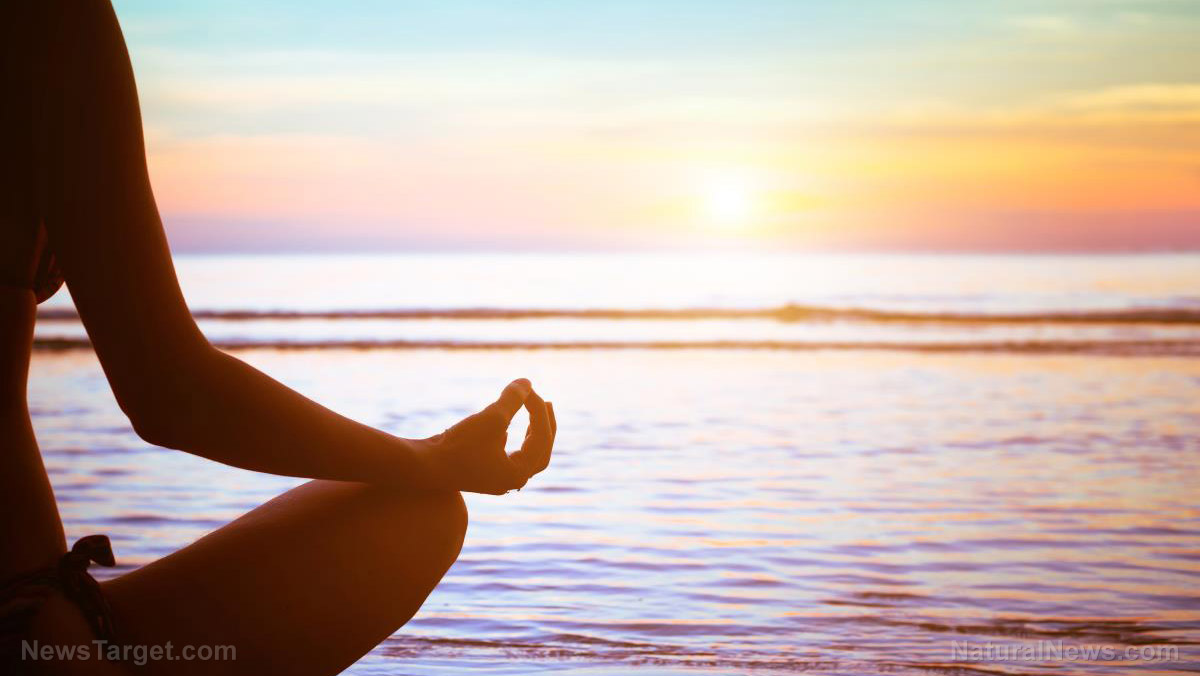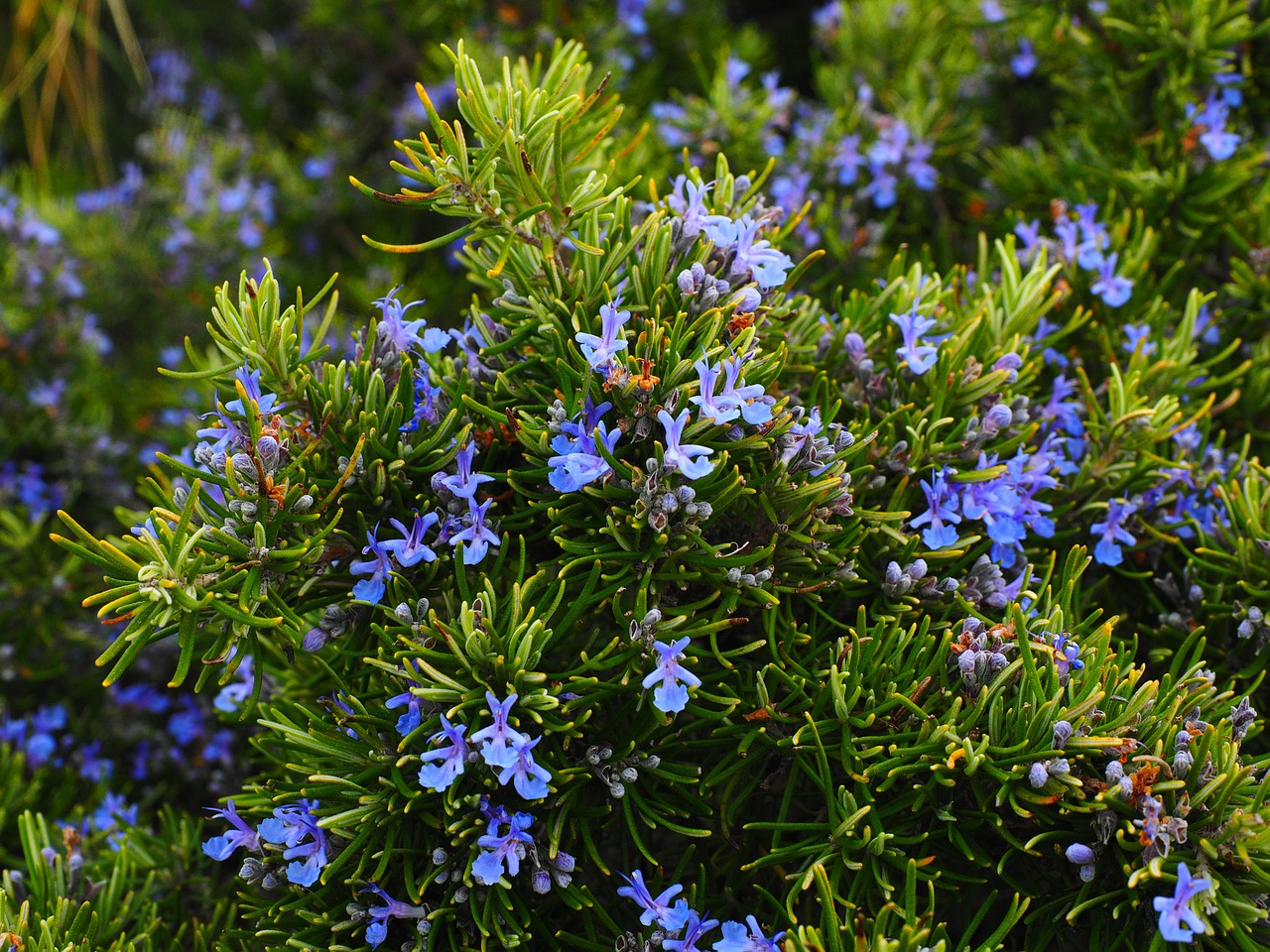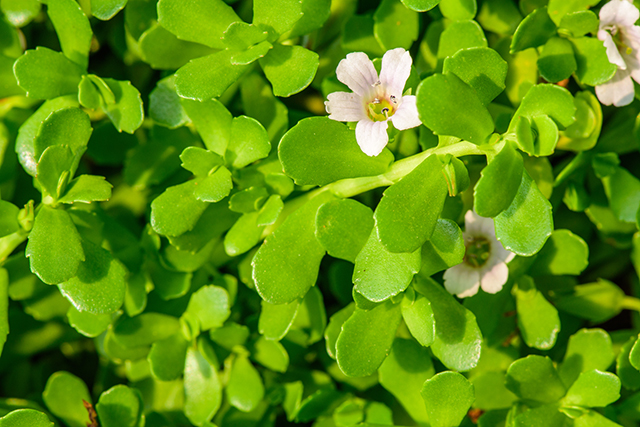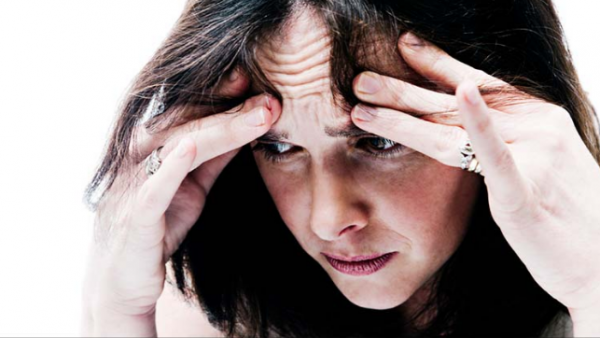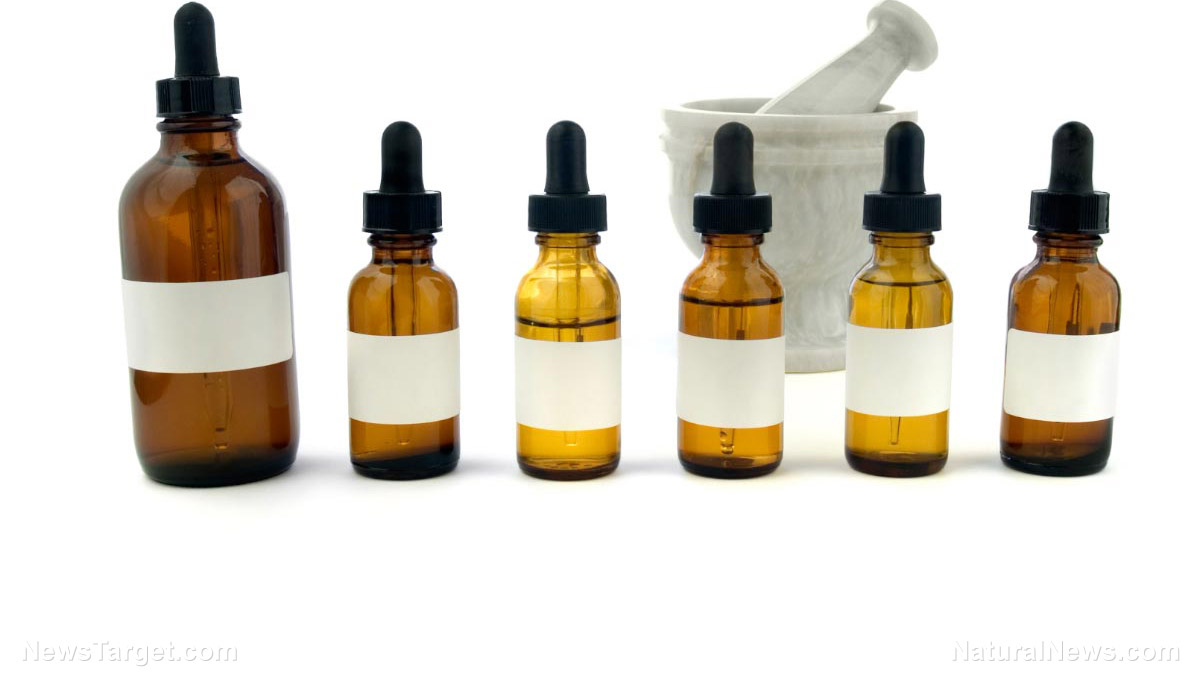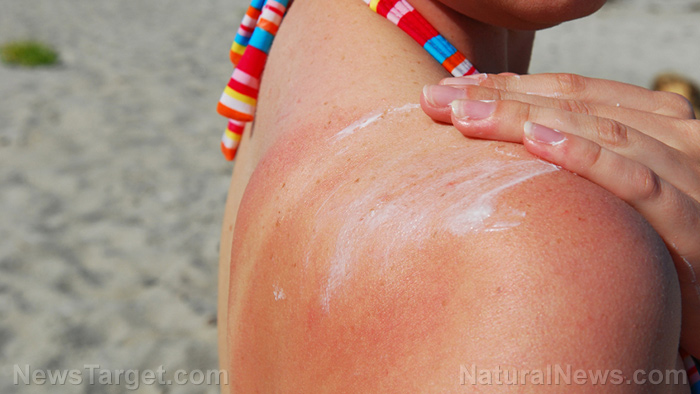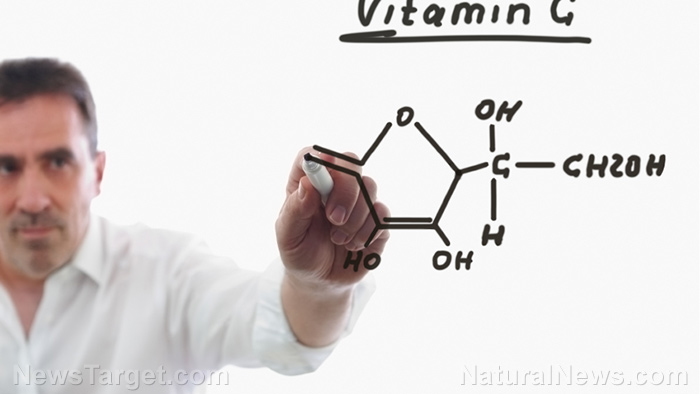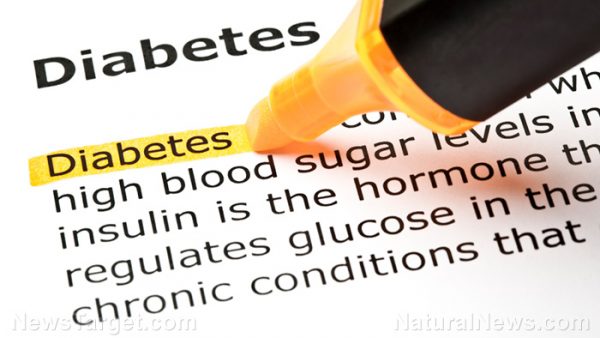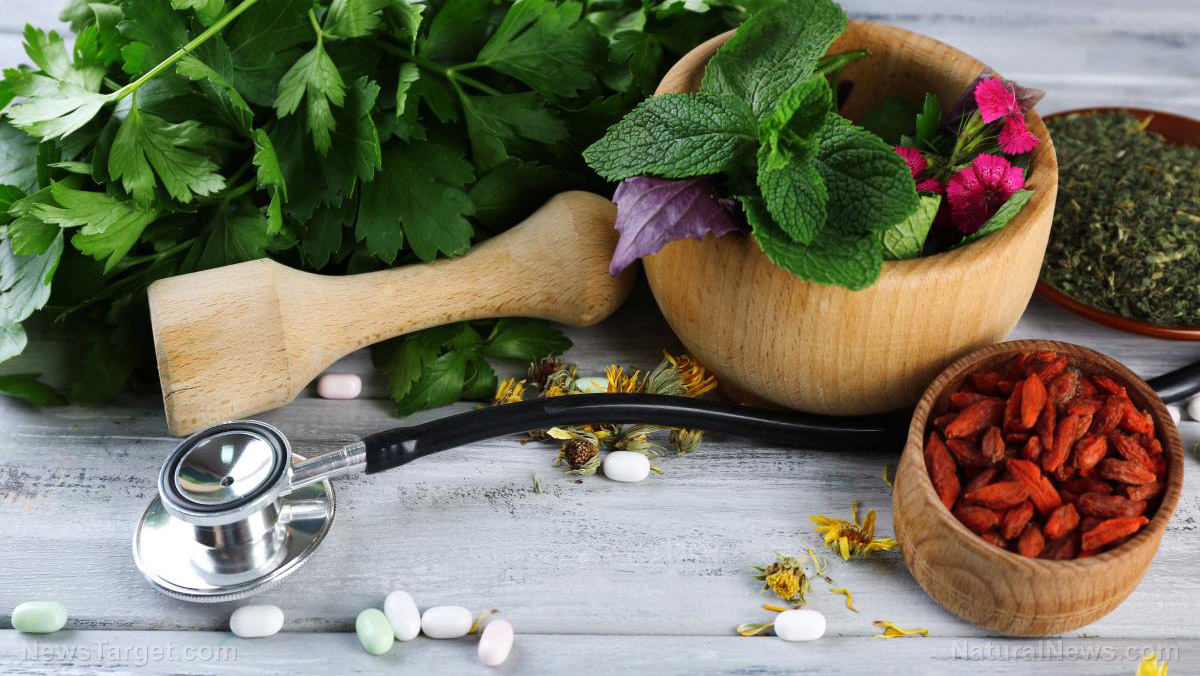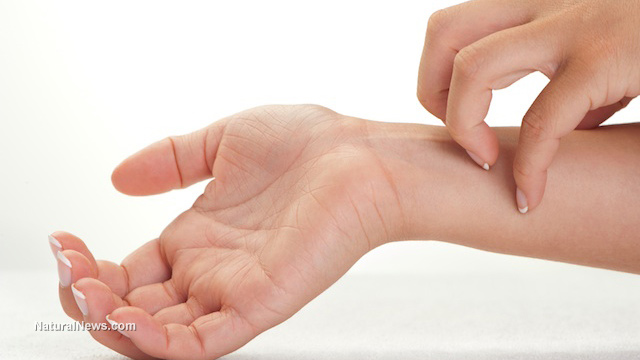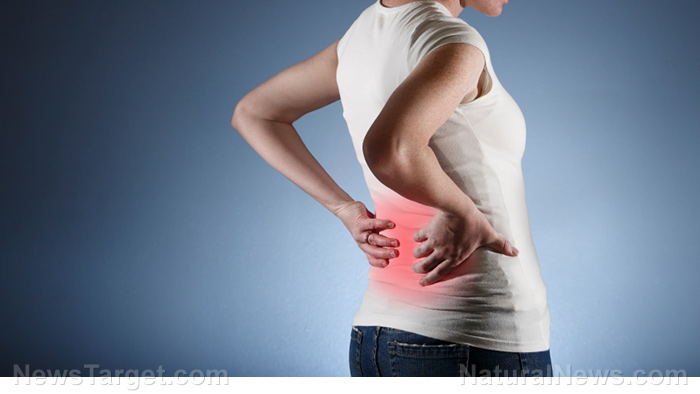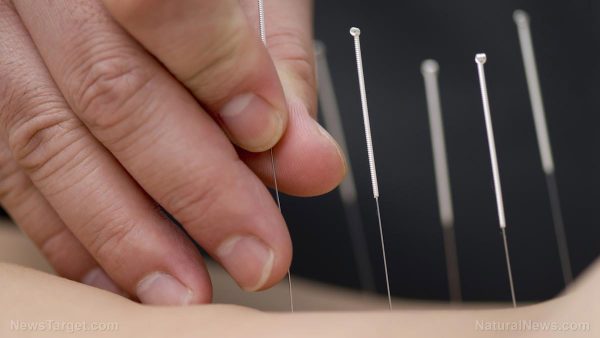10/22/2017 / By Russel Davis
The gallbladder plays a central role in maintaining a healthy digestive profile. This tiny organ is located just below the liver and is essential in releasing bile into the digestive tract in order to metabolize food. Fatty foods are known to negatively impact the organ’s overall health. Cholesterol deposits are shown to trigger the onset of gallbladder stones, which are the crystalline formations that develop in the biliary tract. Gallbladder stones vary in size and chemical composition.
A World Gastroenterology Organisation report has revealed that gallbladder stones are increasingly becoming a global health burden. The report has shown that more than 85 percent of people residing in developed countries are diagnosed with cholesterol gallstones. Likewise, the report adds that about 20 million Americans suffer from gallstones. This accounts to about 15 percent of the general population, according to the report.
Dr. Manny Alvarez, chairman of the obstetrics/gynecology and reproductive science department at Hackensack University Medical Center in New Jersey, has listed 10 telltale signs of gallbladder problems in a Life Zette article. According to the expert, these signs include:
- Nausea or vomiting — According to the expert, these symptoms go hand-in-hand with other indicators of gallbladder issues.
- Chest pain — The organ’s location in the upper abdominal area causes pain to resonate in the chest, the doctor said.
- Abdominal pain after meals — The physician notes that abdominal pain associated with gallbladder problems commonly occur around meal time, especially after a high-fat meal.
- Fever and chills — Fever and chills are indicative of gallbladder inflammation.
- Jaundice — Gallstones inhibiting the movement of bile across the body will result in eventual accumulation of bilirubin. Excessive bilirubin concentrations cause the yellowing of the skin or eyes.
- Intermittent abdominal pain — According to the doctor, abdominal pain associated with gallbladder blockage may last up to several hours but may not happen at regular intervals. The physician explains that the pain might be caused by the organ’s contractions in an attempt to clear the blockage.
- Heartburn and indigestion — These conditions occur due in part to the digestive tract’s limited ability to effectively metabolize food.
- Chronic diarrhea — Likewise, chronic diarrhea is caused by the digestive system’s reduced metabolic capacity.
- Urine/stool color changes — People suffering from gallbladder conditions may observe a darker-colored urine or pale, clay-colored stool.
- Painful breathing — The gallbladder’s location is also associated with the painful breathing sensation in people who suffer from gallbladder issues.
Natural gallbladder detox may help relieve the condition
Going for a gallbladder detox is a surefire way of eliminating the unwanted toxins and formation in the organ. Listed below are a few detox tips that may help relieve gallbladder stones. (Related: Overhaul your health by doing a natural gallbladder cleanse.)
- Drinking apple juice — Experts suggest drinking two glasses of apple juice daily on an empty stomach for two weeks before proceeding with the gallbladder flush. An article featured on the Worldwide Health Center website stresses that certain nutrients found in apple juice help soften and break down the stones. Likewise, the entry suggests that people stay well hydrated during the pre-detox period. It is advisable that patients drink as much as 32 ounces of apple juice in the morning of the actual cleanse. Patients may eat a light breakfast, but are discouraged from eating sugar, dairy, animal protein, or fats. Fasting during the day of cleanse provides the best results.
- Taking Epsom salt solution — Patients are also encouraged to take a solution containing four tablespoons of Epsom salt in 24 ounces of drinking water, which is to be divided into four six-oz. servings. The first two servings are to be taken at 6:00 p.m. and 8:00 p.m., while a combination of Epsom salt mixture, grapefruit juice, and olive oil can be taken at 10:00 p.m. Patients are to drink the two remaining six-oz. solutions at 6:30 a.m. and 8:30 a.m the next morning.
- Staying at home — An article posted on the Juicing for Health website advises patients to stay at home during the actual cleanse as bathroom activities are slated to increase. The patients are expected to purge the stones, which could come out as small, greenish pea-sized crystals in the stool. Patients are discouraged from eating dairy and fatty foods for three or four days after the cleanse.
Sources include:
LifeZette.com
WorldGastroenterology.org
WorldwideHealthCenter.net
Juicing-For-Health.com
Receive Our Free Email Newsletter
Get independent news alerts on natural cures, food lab tests, cannabis medicine, science, robotics, drones, privacy and more.



